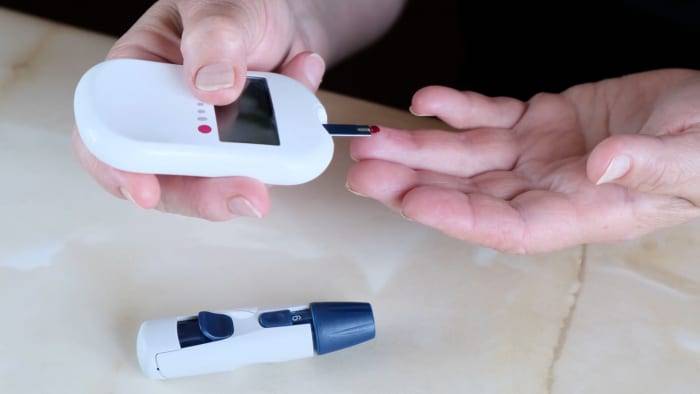Sarah’s Wake-Up Call
Sarah, a vibrant 40-year-old mother of two, had always prioritized her family’s health, but her own had slipped beneath the radar. With a busy life and demanding job, she found herself skipping workouts and relying on fast food for lunch. One day, while helping her kids with homework, Sarah experienced sudden chest discomfort and shortness of breath, symptoms that wouldn’t subside. Rushed to the hospital, she was diagnosed with coronary artery disease, a revelation that shook her family to the core. This chilling experience serves as a stark reminder of the rising threat of heart disease in women, which is heavily influenced by lifestyle choices.
The Gendered Impact of Lifestyle on Heart Health
Heart disease has long been a concern for both men and women, but recent research highlights that certain lifestyle habits have twice the impact on heart health risk for women compared to men. A study from the Sunnybrook Health Sciences Centre in Toronto identified eight key habits—diet, sleep, physical activity, smoking, body mass index, blood glucose, lipids, and blood pressure—that significantly elevate women’s risk of cardiovascular events such as heart attacks and strokes. These findings come as no surprise given the complex interplay of female biology, lifestyle, and environmental factors.
Biological and Environmental Risk Factors
Estrogen, for instance, plays a significant role in protecting women from heart disease before menopause. As estrogen levels drop with menopause, women become more susceptible to conditions like high cholesterol and blood pressure, increasing their risk of cardiovascular disease. Lifestyle factors such as smoking also pose a greater risk for women than men, making them three times more likely to have a heart attack. Additionally, conditions like polycystic ovary syndrome (PCOS) and autoimmune diseases, which predominantly affect women, further heighten cardiovascular risk.
Lifestyle Changes That Make a Difference
The importance of lifestyle adjustments cannot be overstated. Exercise, in particular, is more effective in reducing heart disease risk among women than men. A sedentary lifestyle can lead to obesity, high blood pressure, and elevated cholesterol levels, all of which are major risk factors for heart disease. Moreover, a healthy diet rich in fruits, vegetables, and whole grains can significantly lower these risks by maintaining optimal blood pressure and cholesterol levels.
Empowering Women Through Healthcare
For women like Sarah, who are struggling to manage their health amidst the challenges of modern life, seeking professional advice is crucial. Consulting healthcare providers can help identify specific risk factors and tailor personalized lifestyle changes to mitigate them. The resilience of women in the face of these challenges is inspiring, and their proactive approach to health can serve as a beacon for others.
Toward a Healthier Future
As we contemplate the evolving landscape of heart disease in women, we must ask: How can we break down the barriers to healthcare access and encourage more women to prioritize their health? How can public health initiatives empower women to make informed lifestyle choices that protect against heart disease? By addressing these questions, we can move closer to a future where women like Sarah can navigate their health journeys with greater awareness and support, safeguarding not just their well-being but that of their families and communities.
For more insights on health and wellness, visit Epochedge health.










